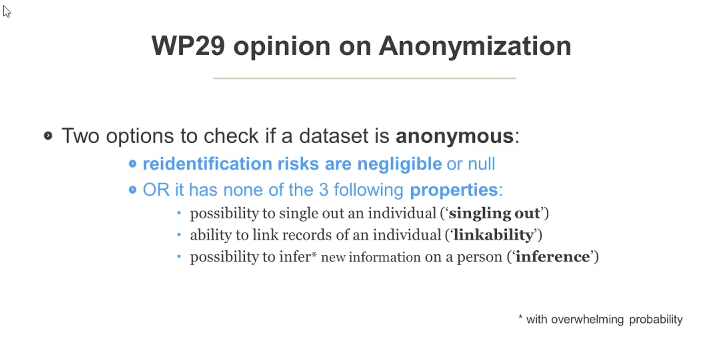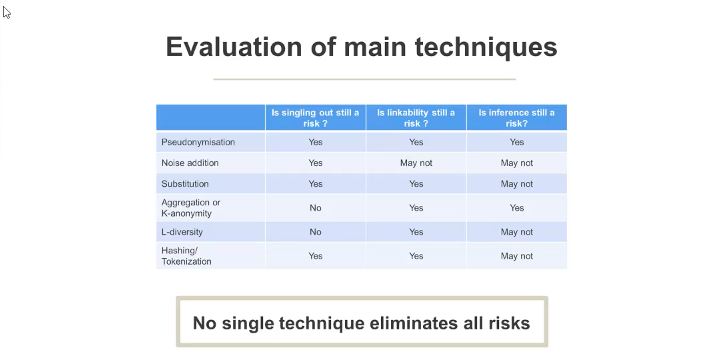Caught between three world views as described in this passage:
Scientific knowledge is constructed socially by subjective minds interacting with nature. It, therefore, seems obvious that we have to admit that our inner “subjective” world is as foundational a part of reality as “objective” external nature and “intersubjective” social worlds.
But western scientific culture lacks a transdisciplinary framework that can encompass all three worlds without reducing any of them to byproducts of the development of one of the others. We need such a non-reductionistic framework more than ever as our basic problems often arise in the gaps between the recognized disciplines.
Interdisciplinary work needs a transdisciplinary framework for mutual orientation and context determination.
A sort of common map, so to speak, on which to point out, recognize and understand each other’s territories..
Extracted from: ‘The necessity of Trans-Scientific Frameworks for doing Interdisciplinary Research’ by Professor Søren Brier
Now, how do I apply the theory and the transdiscipinary framework for my research on data breach incident response?
It seems that on initial exploration, Peirce’s work on Semiotics provided the necessary framework in the form of Firstness, Secondness, Thirdness – Peirce’s ternary.

